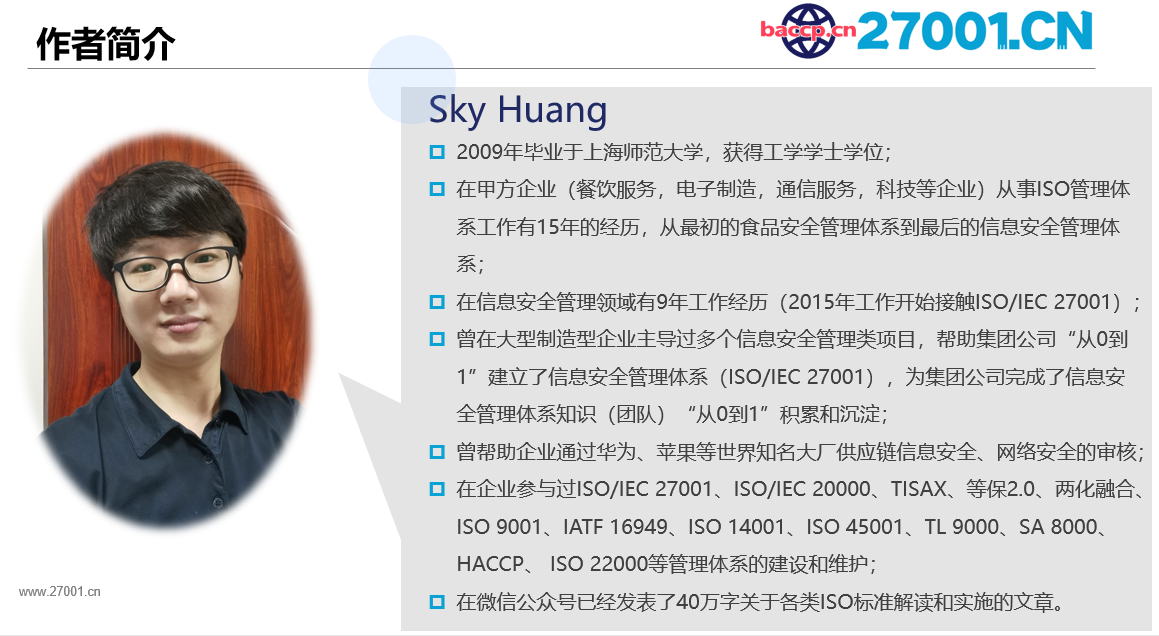| 10 Improvement 改进/10.2 Continual improvement 持续改进 |
The organization shall continually improve the suitability, adequacy and effectiveness of the SMS and the services. 组织应持续改进服务管理体系(SMS)和服务的适宜性、充分性和有效性。 The organization shall determine evaluation criteria to be applied to the opportunities for improvement when making decisions on their approval. Evaluation criteria shall include alignment of the improvement with service management objectives. 在对改进机遇的批准做出决定时,组织应确定适用于改进机会的评价准则。评价准则应包括改进与服务管理目标的一致性。 Opportunities for improvement shall be documented. The organization shall manage approved improvement activities that include: 改进机遇应被文件化。组织应管理批准的改进活动,包括: a) setting one or more targets for improvement in areas such as quality, value, capability, cost, productivity, resource utilization and risk reduction; a) 在这些方面,诸如质量,价值,能力,成本,生产率,资源利用和风险降低,设定一个或多个改进指标; b) ensuring that improvements are prioritized, planned and implemented; b) 确保改进按照优先次序策划和实施; c) making changes to the SMS, if necessary; c) 如果有需要,对服务管理体系(SMS)做出变更; d) measuring implemented improvements against the target(s) set and where target(s) are not achieved, taking necessary actions; d) 按照设定的指标测量实施的改进,如果指标未完成时,采取必要的措施; e) reporting on implemented improvements. e) 报告实施的改进。 NOTE Improvements can include reactive and pro-active actions such as correction, corrective action, preventive action, enhancements, innovation and re-organization. 注,改进可以包括被动和主动的措施,诸如纠正,纠正措施,预防措施,增强,创新和重组。 |
【标准理解】
(1)为持续改进服务管理体系(SMS)和服务的适宜性、充分性和有效性,组织应确定改进机遇事项和适用于改进机遇的评价准则。
欲阅读更多内容,需要前往该链接购买付费合集:




